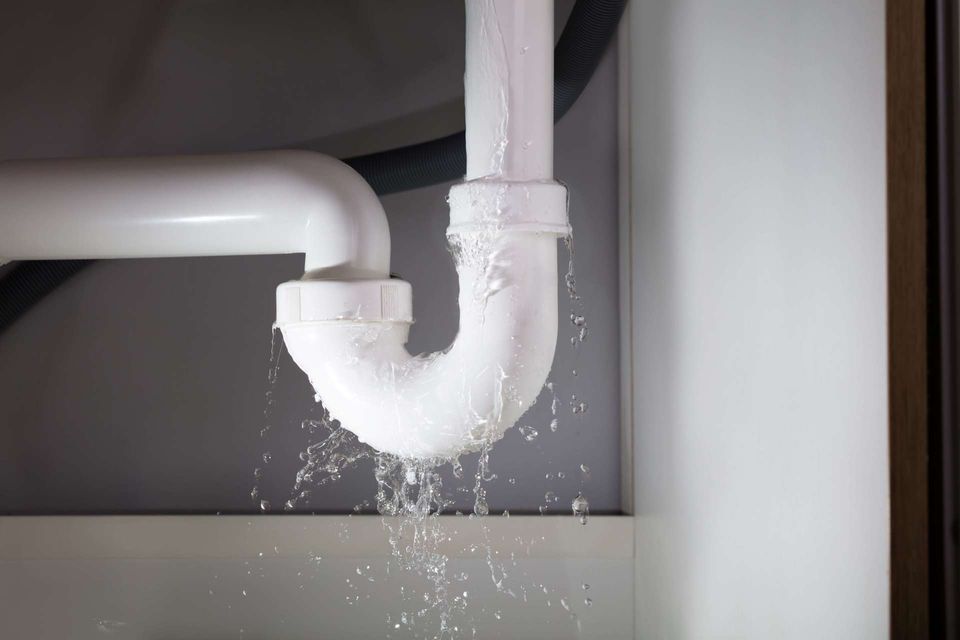Unveiling Hidden Water Line Leaks: Six Useful Detection Tricks
Schedule ServiceThe content down below pertaining to Detecting hidden plumbing leaks is seriously captivating. Give it a try and draw your own results.

Early detection of leaking water lines can reduce a possible disaster. Some tiny water leaks may not be noticeable.
1. Check Out the Water Meter
Every house has a water meter. Checking it is a guaranteed manner in which aids you discover leaks. For starters, turn off all the water sources. Make sure no person will certainly purge, utilize the tap, shower, run the cleaning machine or dishwasher. From there, go to the meter as well as watch if it will certainly transform. Since no person is using it, there ought to be no motions. That shows a fast-moving leakage if it moves. If you spot no changes, wait an hour or two and check back again. This means you might have a slow-moving leakage that might even be underground.
2. Inspect Water Usage
Evaluate your water bills and track your water consumption. As the one paying it, you should notice if there are any kind of discrepancies. If you spot sudden changes, despite your consumption coinciding, it indicates that you have leakages in your plumbing system. Bear in mind, your water expense should drop under the very same variety monthly. A sudden spike in your costs indicates a fast-moving leakage.
A steady boost every month, even with the exact same habits, reveals you have a sluggish leakage that's likewise gradually escalating. Call a plumber to extensively check your property, particularly if you feel a cozy area on your flooring with piping below.
3. Do a Food Coloring Test
When it comes to water usage, 30% comes from commodes. If the color in some way infiltrates your dish throughout that time without flushing, there's a leak in between the tank as well as dish.
4. Asses Exterior Lines
Don't forget to check your outdoor water lines too. Ought to water seep out of the connection, you have a loose rubber gasket. One small leakage can lose tons of water and increase your water costs.
5. Evaluate the situation and inspect
Homeowners should make it a habit to examine under the sink counters and also also inside cupboards for any type of bad odor or mold and mildew growth. These two red flags show a leakage so timely attention is called for. Doing regular evaluations, even bi-annually, can conserve you from a significant issue.
Much more importantly, if you know your residence is currently old, maintain a watchful eye on your heating units, hoses, pipelines and so on. Look for stainings and weakening as many pipelines and also home appliances have a life expectancy. They will certainly likewise normally degrade because of tear and also use. If you suspect dripping water lines in your plumbing system, don't await it to intensify. Call an expert plumber immediately so you do not end up with a terrible mess in your home.
Early discovery of dripping water lines can reduce a possible catastrophe. Some little water leaks might not be noticeable. Inspecting it is a proven method that aids you discover leaks. One little leak can squander bunches of water as well as spike your water costs.
If you think dripping water lines in your plumbing system, don't wait for it to rise.
WARNING SIGNS OF WATER LEAKAGE BEHIND THE WALL
PERSISTENT MUSTY ODORS
As water slowly drips from a leaky pipe inside the wall, flooring and sheetrock stay damp and develop an odor similar to wet cardboard. It generates a musty smell that can help you find hidden leaks.
MOLD IN UNUSUAL AREAS
Mold usually grows in wet areas like kitchens, baths and laundry rooms. If you spot the stuff on walls or baseboards in other rooms of the house, it’s a good indicator of undetected water leaks.
STAINS THAT GROW
When mold thrives around a leaky pipe, it sometimes takes hold on the inside surface of the affected wall. A growing stain on otherwise clean sheetrock is often your sign of a hidden plumbing problem.
PEELING OR BUBBLING WALLPAPER / PAINT
This clue is easy to miss in rooms that don’t get much use. When you see wallpaper separating along seams or paint bubbling or flaking off the wall, blame sheetrock that stays wet because of an undetected leak.
BUCKLED CEILINGS AND STAINED FLOORS
If ceilings or floors in bathrooms, kitchens or laundry areas develop structural problems, don’t rule out constant damp inside the walls. Wet sheetrock can affect adjacent framing, flooring and ceilings.
https://www.servicemasterbyzaba.com/blog/how-to-detect-water-leakage-in-walls/

I recently found that content about Top leak detection hacks when doing a search on the internet. Kindly take the time to promote this post if you liked it. Thank you for taking the time to read it.
Best choice? Dial!